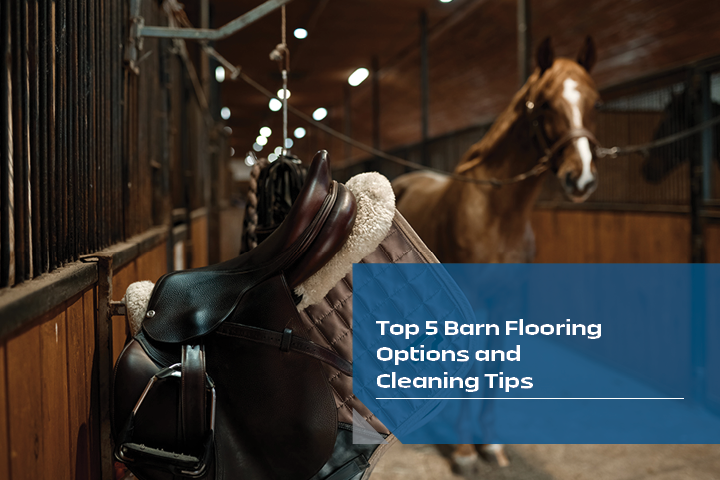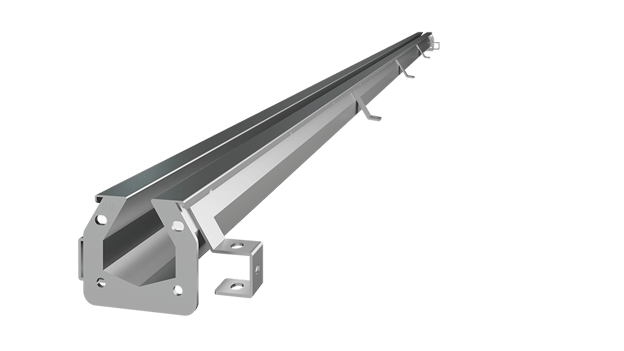Pole barns are simple structures that can serve many purposes. While simple, building a pole barn still requires similar components to what you'd have in a home. It needs a foundation, posts, roof, trusses, and more. If you plan on housing animals, then you also want to consider floor options. Having flooring is essential for keeping animals safe and protecting them from injury. It also will make maintaining a sanitary barn easier.
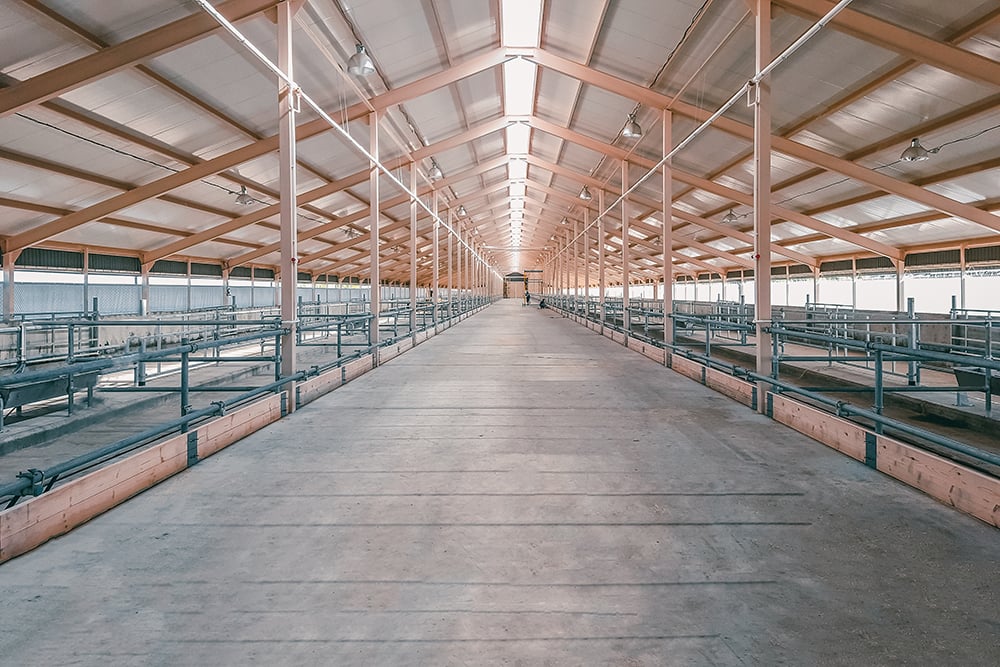
What to Look for in Barn Flooring
There are many flooring options you can consider for a pole barn. What you choose depends on several factors, including:
- Price: Some flooring options, like dirt floors, can be free–or cost you virtually nothing, while other options, like concrete or rubber mats, can be much more expensive.
- Availability/Geography: Your geographical location also influences your choice. Some options are not great for certain areas, and others may not be readily available.
- Safety: All considered options need to prioritize the safety of the animals inside the pole barn. Concrete, for example, can be slippery without the proper precautions.
Barn Flooring Options
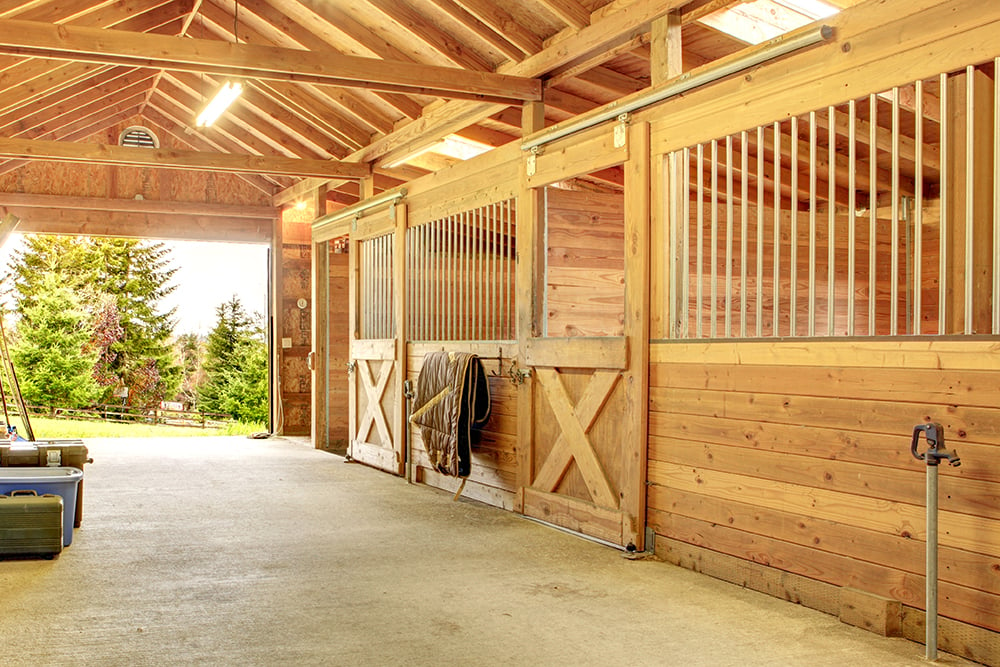
Here are some common options for pole barn flooring. It is important to remember your needs and choose a durable and safe option for the animals living in the barn.
1. Concrete
Concrete is a popular option, which attracts less dust and moisture. It can be a great base for keeping the barn floors level and clean. For an additional cost, you can add aggregates to create a more interesting look.
2. Popcorn Asphalt
Porous options like popcorn asphalt are another popular option for barn flooring. It isn't as expensive as concrete, offers excellent durability, and allows water to go through.
3. Stone Dust
Stone dust is another of the pole barn floor options. It is more traditional and is also called washed or quarry sand. It needs a base layer, offers great drainage and works well with option coverings like rubber mats. It is a loose material that can create dust in the air if moved around, and it will also need to be re-leveled after a few years.
4. Dirt
Dirt is the cheapest option, but you must consider the potential for mud and unpleasant odors. Like other porous options, dirt needs a gravel underlayer to help with drainage and must be dug up every few years.
5. Clay
Clay is a widely available porous flooring that needs to be mixed with stone dust to ensure it is safe and can drain.
Cleaning Your Barn Floor
Maintaining a clean barn is vital to the health and safety of your animals. Dirty barns and floors can contain bacteria and viruses, which can make your animals sick.
The first step of cleaning is preparing yourself; while not necessary for all animals, consider having a dedicated set of clothes for working in the barn to prevent introducing more bacteria–or carrying it to your home and other areas. You should also wash your hands frequently, and use antiseptic or Betadine soaps when dealing with barn messes.
For cleaning, the first step is to remove dirt, manure, and old feed, and dispose of them properly. These steps will help you have full access to the ground so that you can scrub and disinfect it thoroughly and remove any bacteria.
Once the barn floor is clear, scrub the ground with cleaning detergent and hot water. Rinse off the detergent with hot water, and then apply a disinfectant according to the label's instructions. Every surface requires the same level of attention to ensure that no lingering bacteria can create sickness for your animals. Cleaning needs to be done on a regular basis for this reason.
Ensuring that your barn has proper drainage is also critical for the safety and hygiene of the space and animals inside. Some pole barn floor options offer drainage, but adding a proper floor drain system is a more efficient solution.
Why You Need Barn Drainage
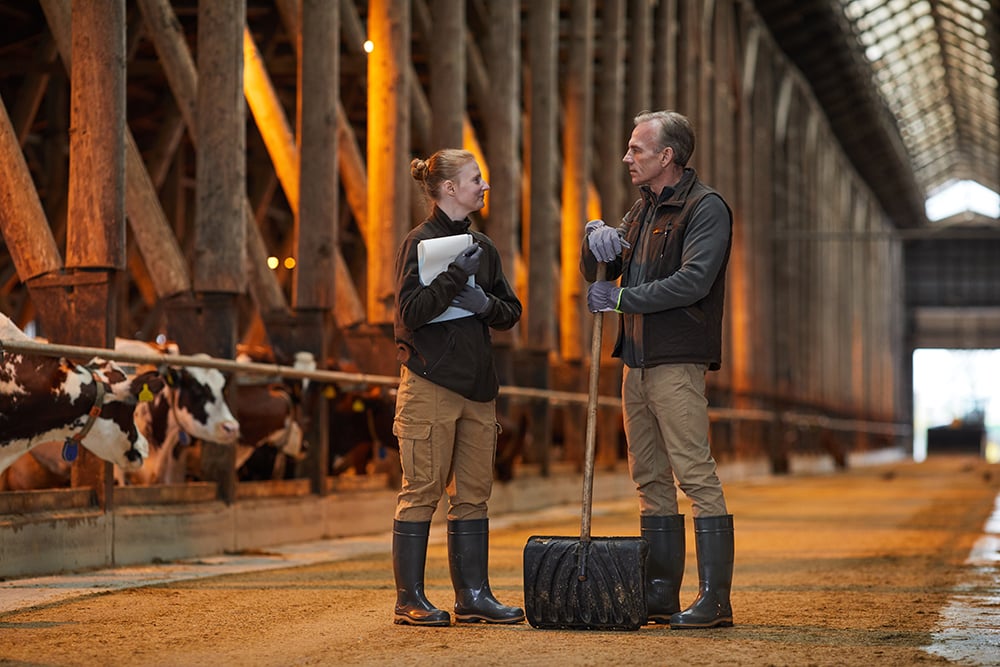
Having reliable drainage for your pole barn is important for a few reasons.
A floor drain system will help carry wastewater away from the surface and allow the ground to dry more quickly. This eliminates standing water, in order to help remove the risk of bacteria, mold growth, and slippery surfaces. It also minimizes the other damaging effects of standing water, like ground erosion.
Choosing a Barn Drainage System
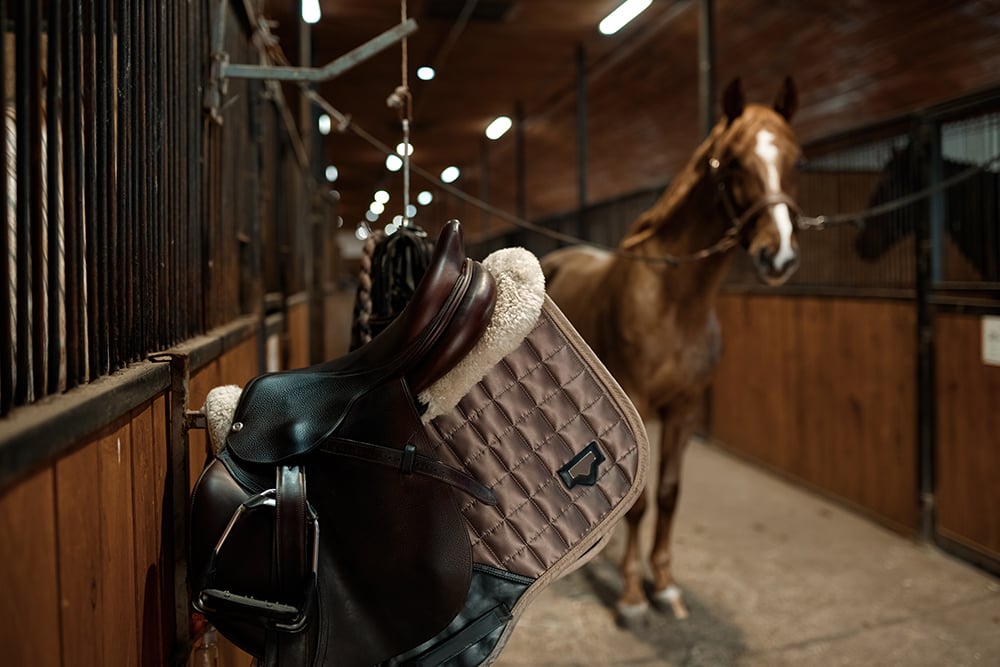
When considering floor drain systems, you must choose a durable, sanitary system that is easy to clean.
Slot Drain products like the Slot Drain Systems and Trench Drain, use high-quality T304 or T316 stainless steel in their construction. Their ridge-free designs eliminate bacteria harbor points to ensure the sanitation of the system.
The Slot Drain is unique because it does not require a drain cover, unlike the Trench Drain, which needs a cover to keep debris out. Both are heavy duty-systems that are easy to clean and maintain, with options for clean-in-place for automated, efficient cleaning and sanitation. They also offer ADA-compliant options that make them safe for people, animals, and equipment to pass over without concern.
Having the Perfect Barn Floors
Pole barns are extremely versatile structures that can serve many purposes, including one of their original intended uses: housing animals. You want to choose the right flooring so that your animals have a safe surface to walk on where they won't get injured.
The barn flooring options you consider should also be easy to maintain and sanitize and work well with floor drain systems–another essential component of barn floors. A floor drain system, like the Slot Drain or Trench Drain, will further ensure you have a clean, sanitary barn where your animals can safely stay.
Contact Slot Drain Systems today to learn more about sanitary, safe stainless steel drainage solutions.

